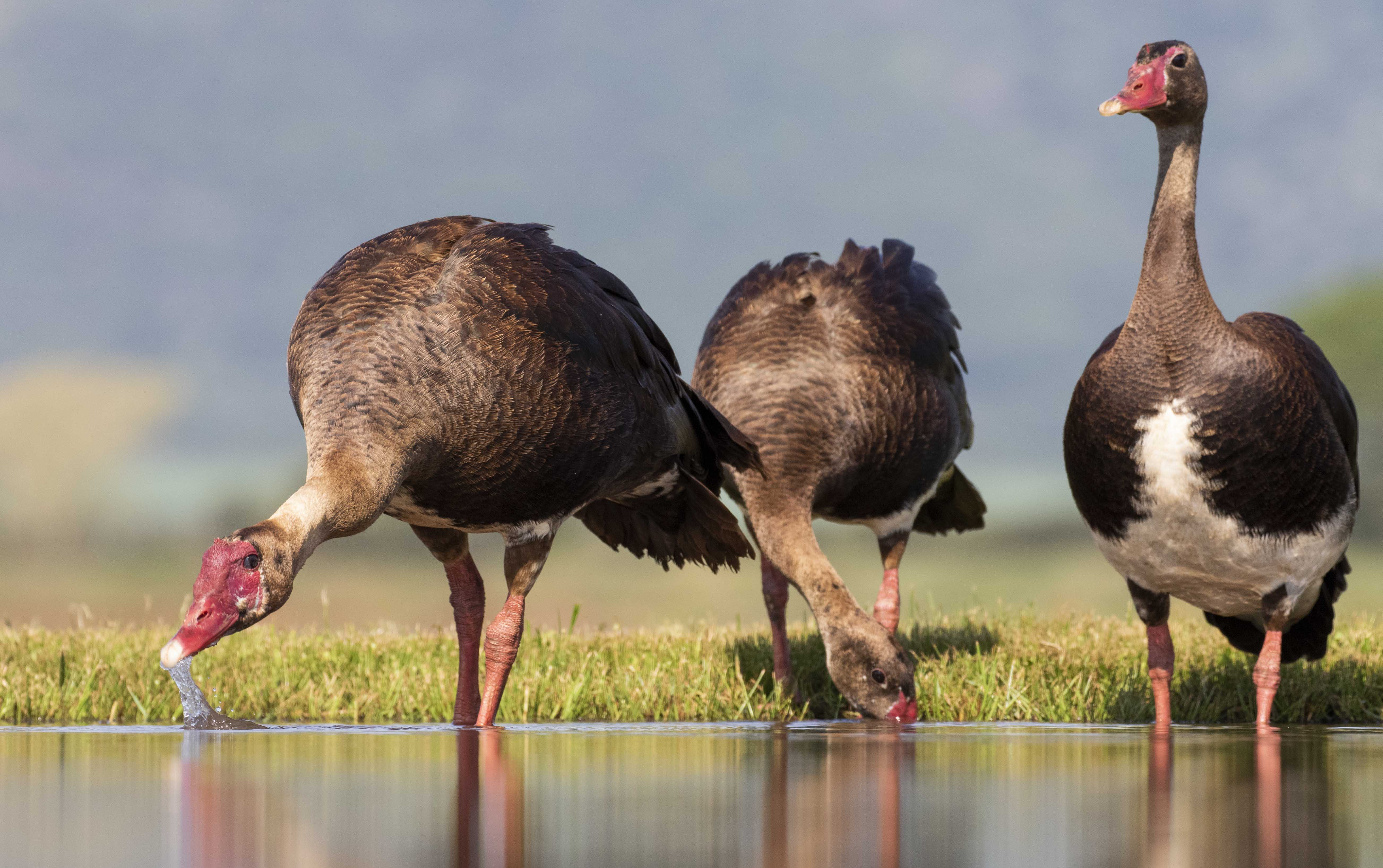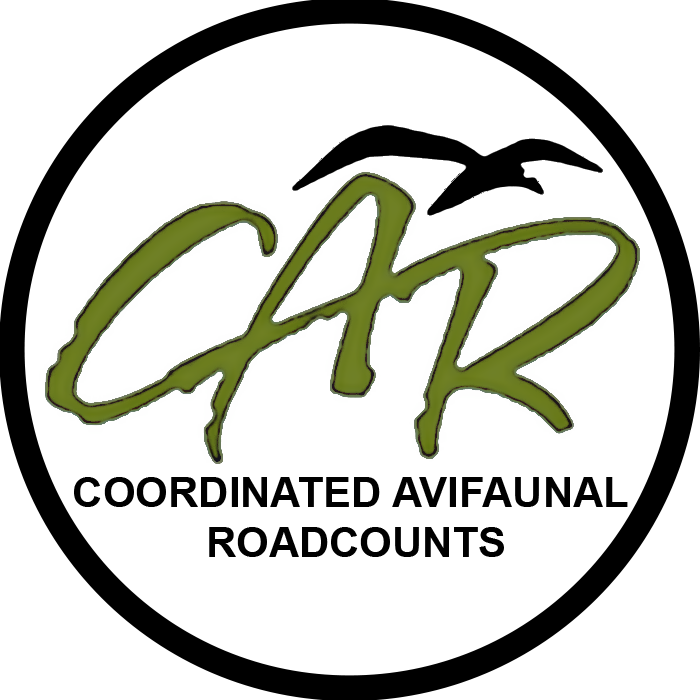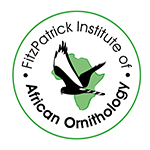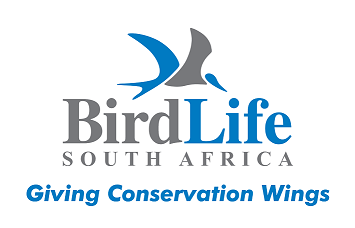Regional Status


IUCN Data (Global)
IUCN 2024. IUCN Red List of Threatened Species. Version 2024-1
(www)Assessment year: 2025
Assessment Citation
BirdLife International 2025. Plectropterus gambensis. The IUCN Red List of Threatened Species 2025: e.T22680057A154248872. Accessed on 10 December 2025.
Taxonomic notes:
Taxonomic note from HBW and BirdLife International Illustrated Checklist (del Hoyo and Collar 2014, 2016), updated where necessary to reflect later taxonomic changes: Some authors have proposed that present species be placed in a tribe (Plectropterini), or even in a subfamily (Plectropterinae), of its own. Extreme individuals of both subspecies are distinctive, but much individual variation exists. Two subspecies recognized.
Habitats:
Behaviour This species is partially migratory, making seasonal movements (del Hoyo
et al. 1992) of several hundred kilometres (Brown
et al. 1982) related to the availability of water (del Hoyo
et al. 1992). It breeds during or near the end of the wet season in solitary pairs (del Hoyo
et al. 1992) although it may also feed in small groups during this period (Kear 2005a). The species congregates after breeding (at the beginning of the dry season) (del Hoyo
et al. 1992) to undergo a flightless moulting period lasting for c.50 days (Kear 2005a) (6-7 weeks) (Johnsgard 1978), the males moulting before the females (Kear 2005a). It is commonly found in small groups of up to 50 individuals (Madge and Burn 1988) and occasionally aggregates into larger flocks (e.g. when moulting) (Kear 2005a). In the winter it rests by day and feeds in the early morning, evening or at night (Kear 2005a), sometimes perching in trees to roost (Brown
et al. 1982).
Habitat The species inhabits seasonal and permanent wetlands (Kear 2005a) near grasslands or arable land (del Hoyo
et al. 1992), including lakes, rivers (del Hoyo
et al. 1992), inland river deltas (Madge and Burn 1988), marshes (del Hoyo
et al. 1992), swamps, flooded grasslands, pastures (Kear 2005a), reservoirs (del Hoyo
et al. 1992), farm impoundments (Hockey
et al. 2005) and sewage works (Johnsgard 1978), particularly those with emergent and fringing vegetation (Kear 2005a) and surrounded by scattered trees (del Hoyo
et al. 1992). When moulting it frequents areas with open shorelines, islands and sandbars (Kear 2005a), generally avoiding saline lakes and upland areas (Madge and Burn 1988).
Diet Its diet consist predominantly of plant matter such as the vegetative parts and seeds of grasses, sedges and aquatic plants (del Hoyo
et al. 1992), agricultural grain (del Hoyo
et al. 1992), fruit (e.g. figs) (Kear 2005a) and tuberous crops (Johnsgard 1978) (e.g. sweet potatoes) (Kear 2005a), although it may occasionally take small fish (del Hoyo
et al. 1992) or insects (Kear 2005a).
Breeding site The species shows a preference for nesting in hollow trees, tree-cavities or in the abandoned nests of other tree-nesting bird species (del Hoyo
et al. 1992) (e.g. Hamerkop
Scopus umbretta (Madge and Burn 1988), African Fish-eagle
Haliaeetus vocifer or Social Weaver
Philetairus scoius (Brown
et al. 1982)), often between 20 and 100 cm high in trees 3-4 m tall (Hockey
et al. 2005). Where tree-nesting sites are unavailable (Brown
et al. 1982), it will also nest on the ground (del Hoyo
et al. 1992) in long grass or reeds near water (Brown
et al. 1982), in rock cavities, holes in termite mounds (Madge and Burn 1988), or even in aardvark
Orycteropus afer burrows (Brown
et al. 1982).
Population:
The global population size is estimated at 300,000-500,000 individuals (Wetlands International 2023), which equates to 200,000-333,000 mature individuals. The overall population trend for this species, based on the Waterbird Populations Portal, is considered to be stable over three generations (27.9 years) (Wetlands International 2023).
Threats:
The species is threatened by uncontrolled hunting (declines in Botswana have been attributed to hunting outside of protected areas) (Hockey
et al. 2005).
Utilisation The species is hunted and traded at traditional medicine markets in Nigeria (Nikolaus 2001).
Rationale:
This species has an extremely large range, and hence does not approach the thresholds for Vulnerable under the range size criterion (extent of occurrence under 20,000 km² combined with a declining or fluctuating range size, habitat extent/quality, or population size and a small number of locations or severe fragmentation). The population size is very large, and hence does not approach the thresholds for Vulnerable under the population size criterion (under 10,000 mature individuals with a continuing decline estimated to be over 10% in ten years or three generations, or with a specified population structure). The population trend appears to be stable, and hence the species does not approach the thresholds for Vulnerable under the population trend criterion (over 30% decline over ten years or three generations). For these reasons the species is evaluated as Least Concern.
Trend justification:
The overall trend is stable (Wetlands International 2023).
Trade use:
This species has been reported as used in trade at a high prevalence, being found in three of the seven trade datasets evaluated (Donald
et al. 2024).


 Login
Login


